
3 minutes read
Master Laravel's maintenance mode
Table of contents
- → Enabling Laravel’s maintenance mode
- → Sneaking past maintenance mode
- → Pre-rendering Laravel’s maintenance view
- → Redirects during maintenance
- → Disabling maintenance mode
- → Customize Laravel’s maintenance page
- → What about queued jobs during maintenance mode?
- → Why use the maintenance mode in the real-world?
Enabling Laravel’s maintenance mode
When it’s time to update your app or change a few things on the server, switching to maintenance mode is super handy. And yet, I always forget it exists. 🤦♂️
The maintenance mode is like putting a “Be right back!” sign on your website. To get this going in Laravel, it’s as simple as running a command:
php artisan down
What if you want to give users a heads up that the site will be back shortly? Just add a refresh option:
php artisan down --refresh=15
This will tell the user’s browser to reload the page after 15 seconds.
Sneaking past maintenance mode
Now, here’s a cool trick. You can bypass maintenance mode with a secret token. Create a token using:
php artisan down --secret="your-secret-token"
Visit your app’s URL with the token appended (http://example.test/WeHrMT6odmCLXWkE for example), and you’ll get a bypass cookie.
And if you prefer Laravel to create a token for you, version 10.35 lets you do this:
php artisan down --with-secret
Just remember, keep that secret simple and URL-friendly.
Pre-rendering Laravel’s maintenance view
Want to avoid errors when users hit your site mid-update? You can pre-render a maintenance view that shows up instantly:
php artisan down --render="errors::503"
This is served up before Laravel fully boots, so it’s quick to the draw.
(The 503 HTTP code means “Service Unavailable,” hence the need to render this error page.)
Redirects during maintenance
Maybe you’d rather redirect users elsewhere while you tidy up. No problem:
php artisan down --redirect=/
This steers visitors to wherever you specify.
Disabling maintenance mode
All done? Great, let’s bring your app back with:
php artisan up
And just like that, you’re live again!
Customize Laravel’s maintenance page
You’re the boss when it comes to how your maintenance page looks. Set up your own template at resources/views/errors/503.blade.php and make it your own.
What about queued jobs during maintenance mode?
Worry not; queued jobs are put on pause in maintenance mode. They’ll pick up right where they left off once you’re back in action.
Why use the maintenance mode in the real-world?
Laravel’s maintenance mode can be extremely useful when, for instance, deploying applications in production.
Here’s a simplified version of the deploy script of this blog before I switched to zero downtime deployments:
cd /path/to/project # Put the blog down and show a pre-rendered page for a 503 response. php artisan down --render="errors::503" git pull origin main composer install --no-interaction --no-suggest --prefer-dist --optimize-autoloader php artisan migrate --force php artisan config:cache # … npm i npm run dev # Deployment is finished, let's put the blog back up. php artisan up
As you can see, to avoid people sumbling upon various errors while the code changes, composer install runs, or the database is updated, I put the blog down and show a custom 503 (Service Unavailable) page.
Now, since I’m using Ploi to handle my deployments with zero downtime, this trick isn’t needed anymore. But for those running in legacy environments, I think you’ll find it handy.
Did you like this article? Then, keep learning:
- Understand how to fix common Laravel errors during development
- Learn how to clear various caches in Laravel for smooth maintenance
- See how to handle Laravel middleware in the latest version
- Explore Laravel's upgrade guides to prepare for new versions
- Get tips to write better Laravel code with best practices
- Explore Laravel migrations to manage database changes smoothly
- Understand Laravel's query builder for advanced database queries
- Master Laravel's security best practices for safe maintenance
- Learn how to handle queued jobs and background tasks effectively
- Discover Laravel's Artisan commands and enhance productivity
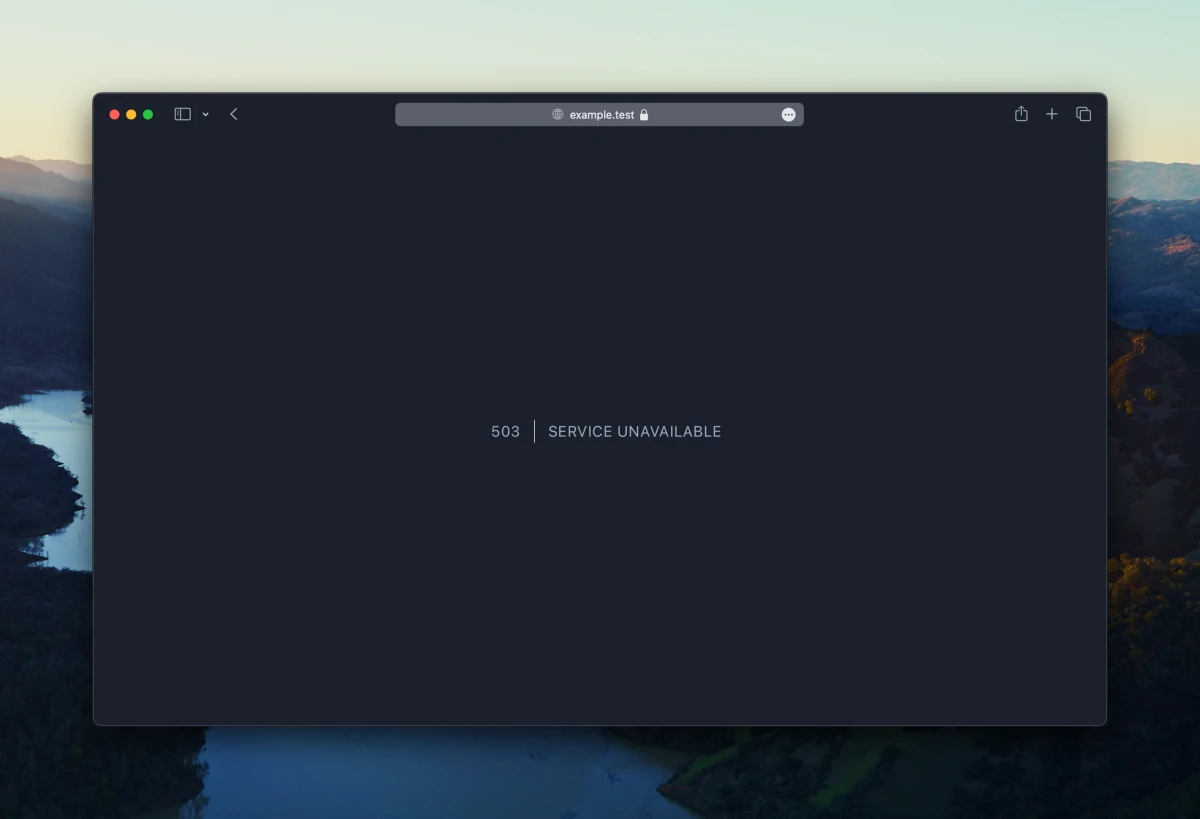
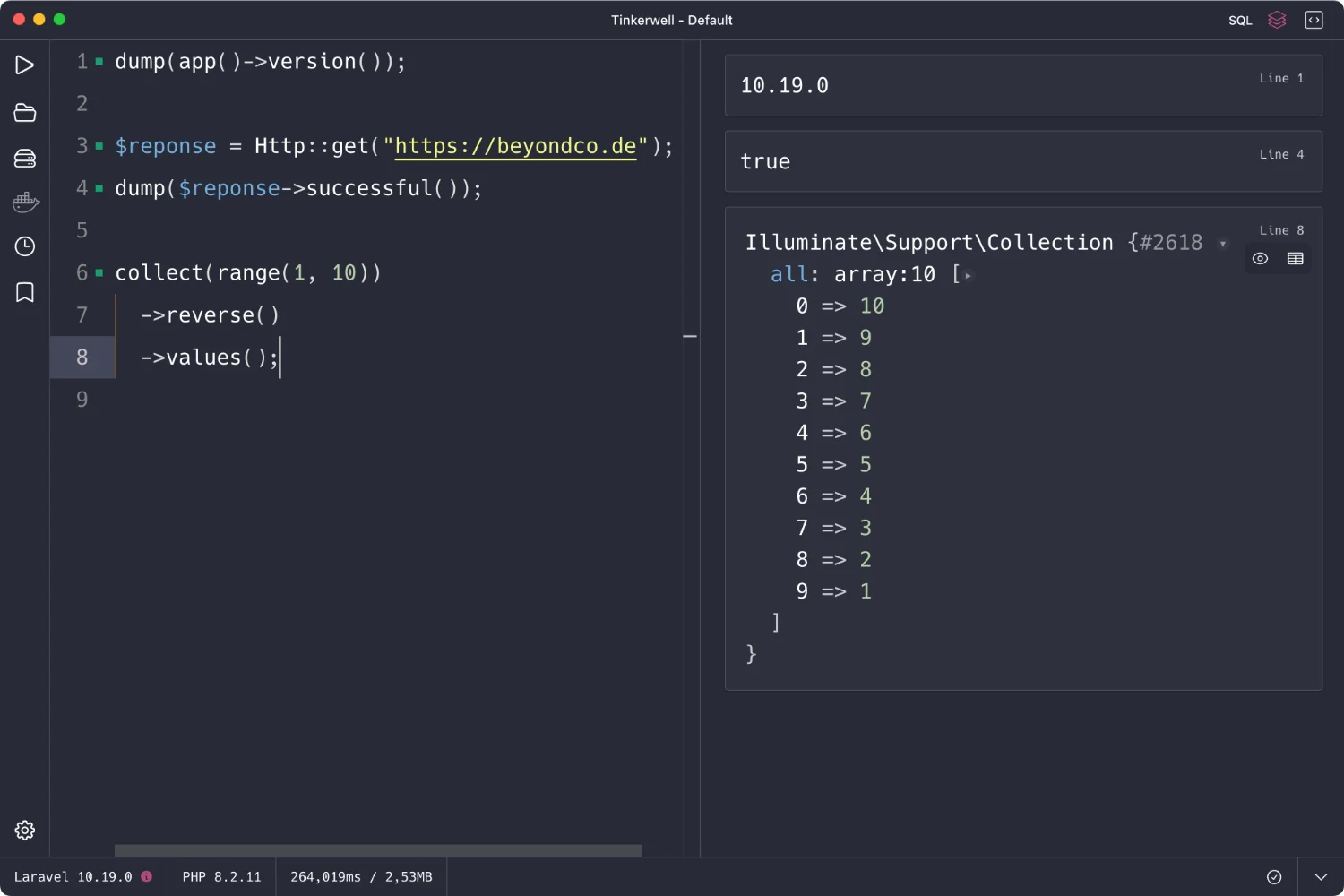
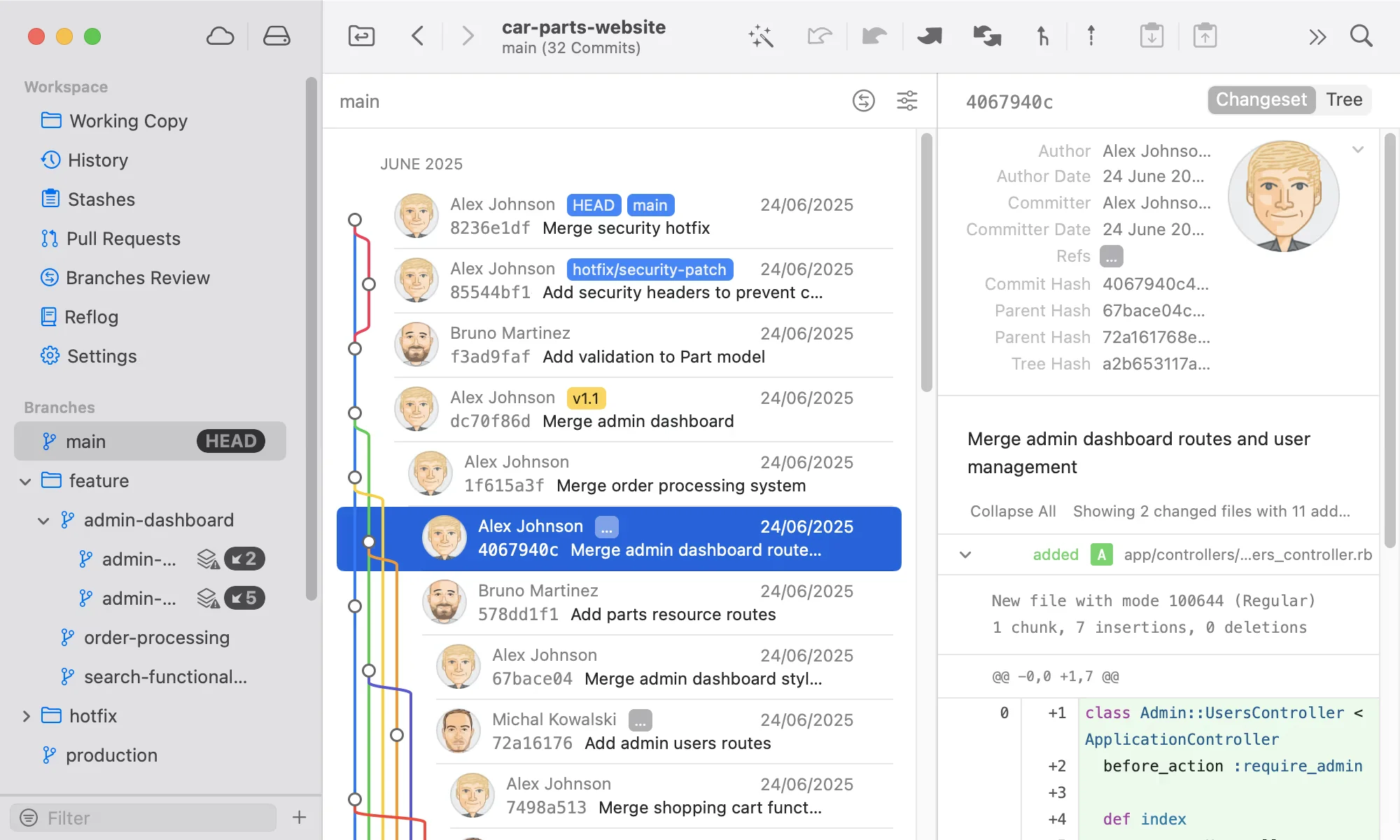
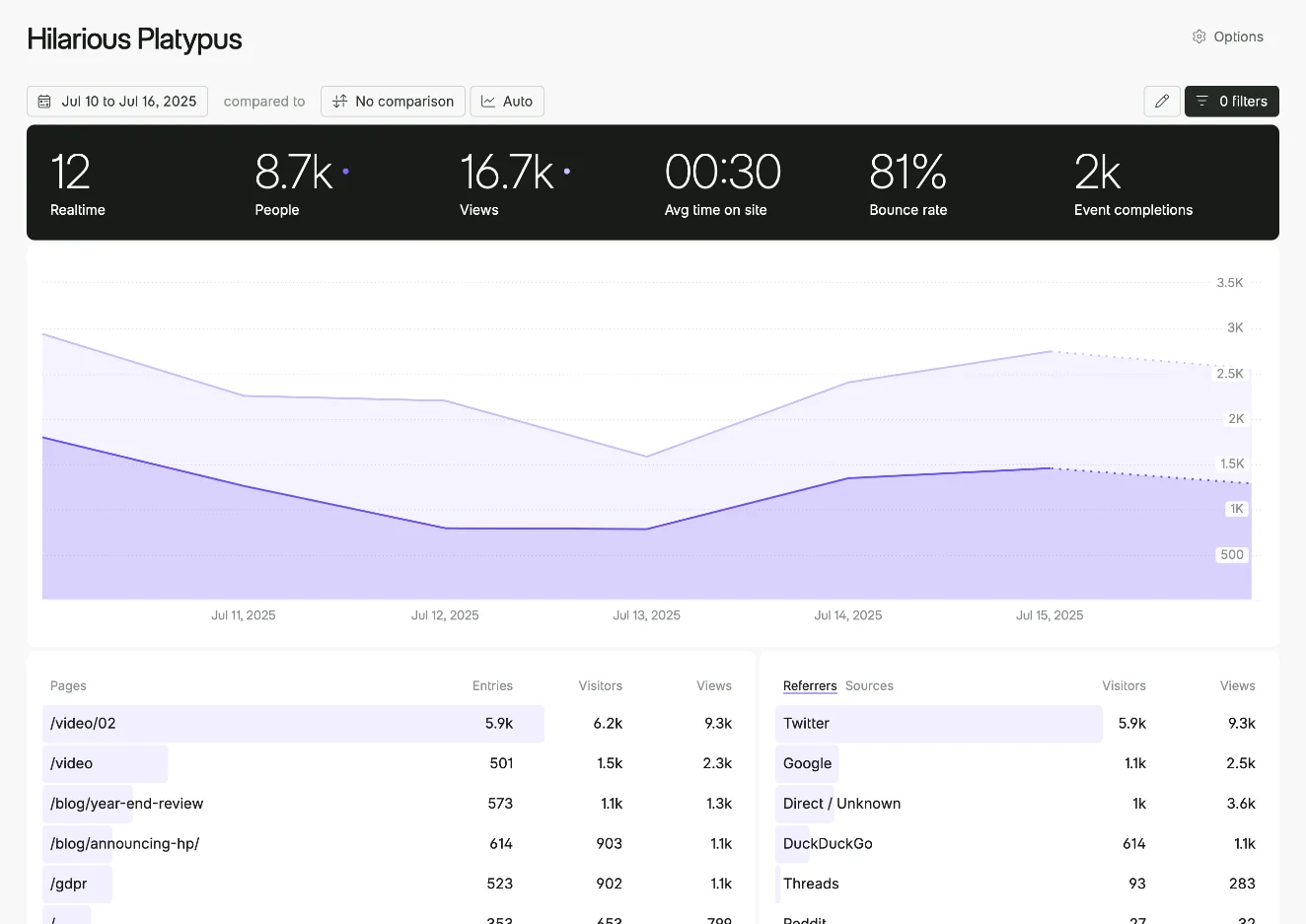
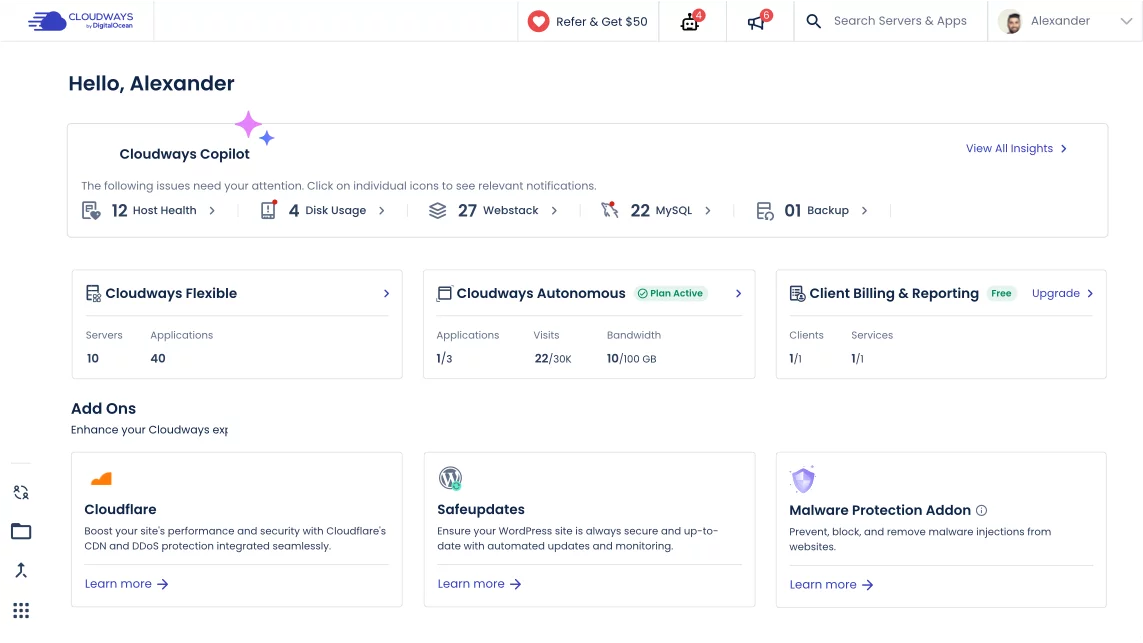

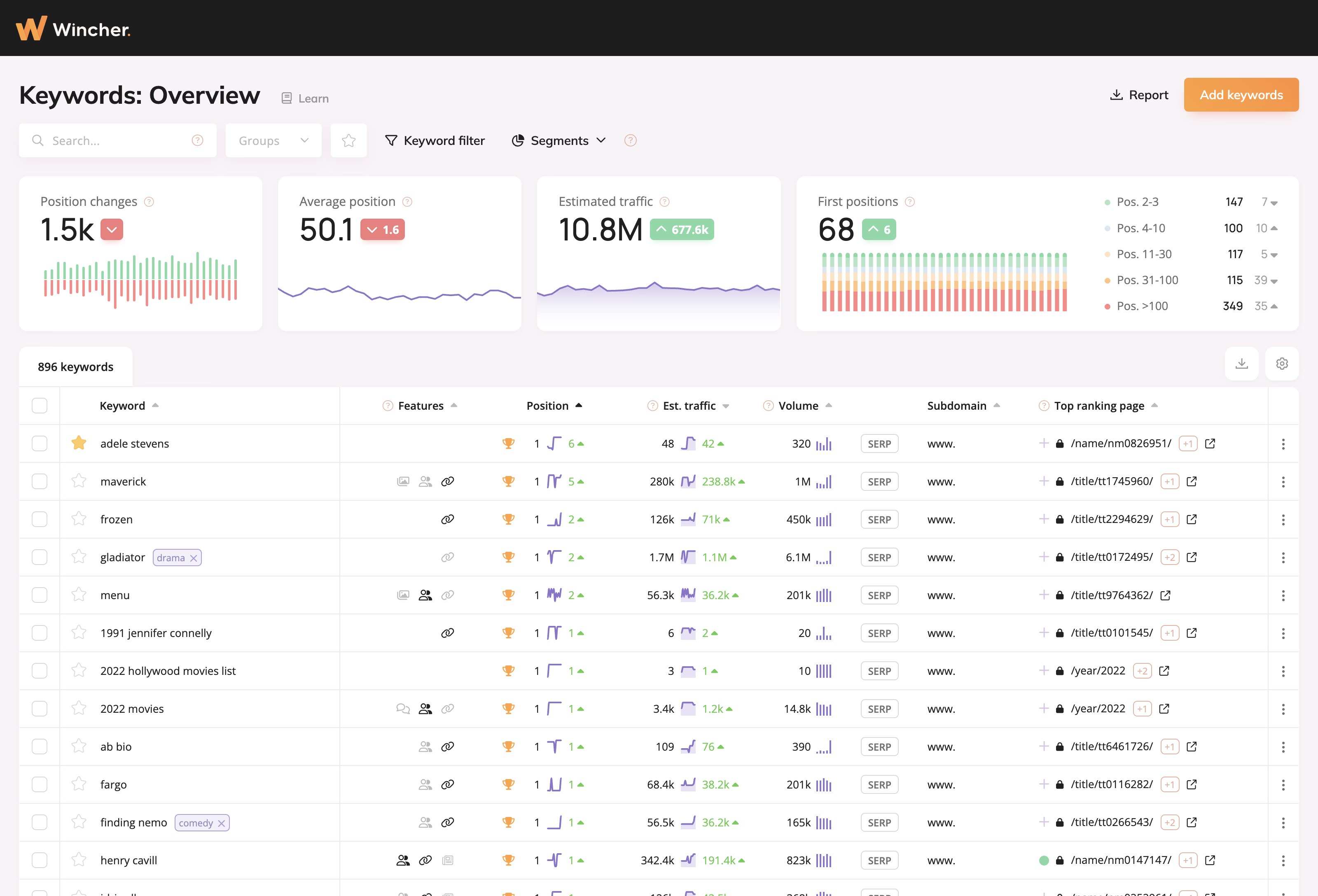
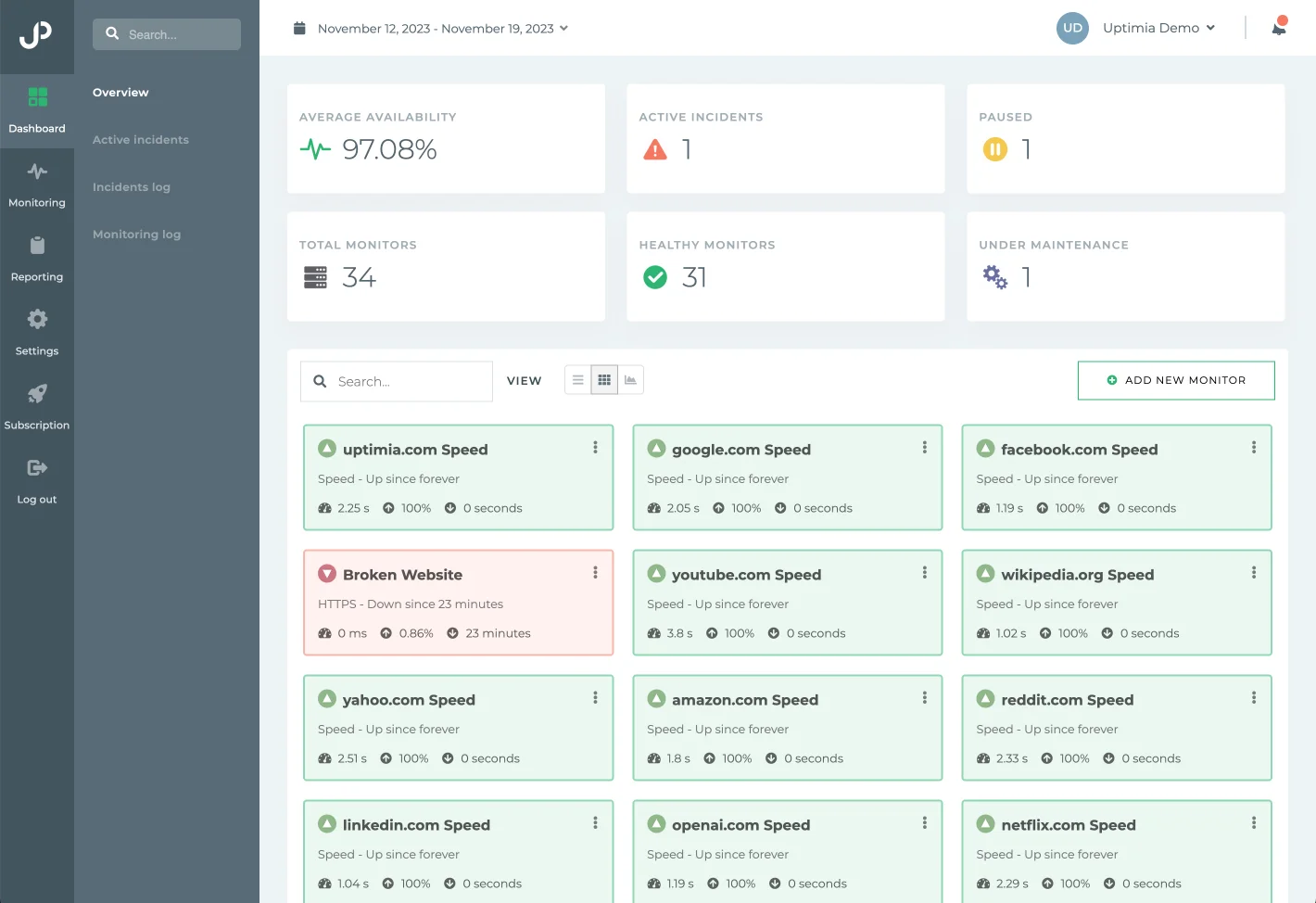

2 comments
Very much appreciated!
Glad it helped!